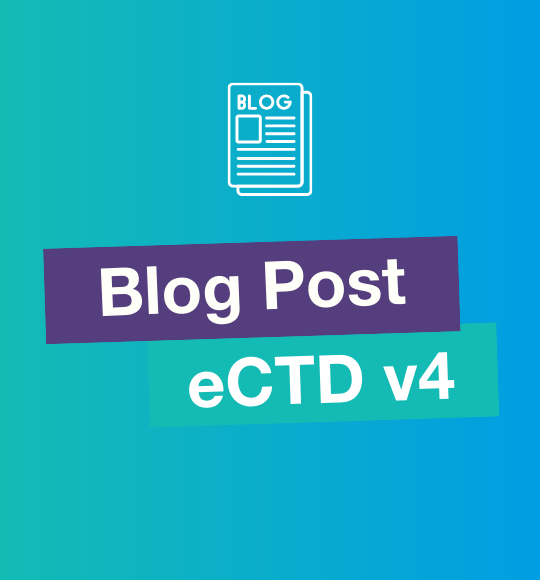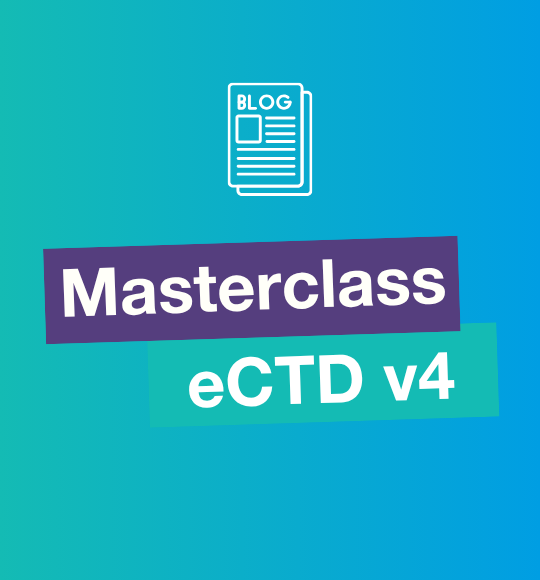Historically, within the EU, dossiers for medicinal products marketed for humans could be submitted in two electronic formats: NeeS (Non-eCTD electronic Submissions) and eCTD (electronic Common Technical Document). The end of 2018 will mostly mark the end of this practice as NeeS as a format will become obsolete for most countries within the EU.
From 1 January 2018, the use of the eCTD format will be obligatory within the EU for most submissions relating to medicinal products for humans. This includes common submission types such as variations, renewals, and PSURs. In order to allow sufficient time for organizations to implement these changes, the EMA eSubmission roadmap has been revised to provide a longer transition period. From the beginning of 2018, eCTD will be mandatory for all CP, DCP, and MRP submissions.
The roadmap for National Procedures is slightly longer, with new submissions being accepted in most regions until 1st July 2018. Greece made the switch first in September 2017, with Germany and Denmark changing in January 2018. Ultimately, the NeeS roadmap will end on 1 January 2020, with Latvia being the final country to switch over. From that point, eCTD will be required for all submissions across the EU, including those for nationally registered products.
eSubmission Roadmap to Compliance
The overall goal of the eSubmission Roadmap is to improve the current processes for the submission of electronic data related to CEP applications. The main goals are to have:
- Efficient and secure electronic handling of data related to CEP applications (submission, reception, validation, processing)
- Fully electronic processing without paper or any physical media
- Automation of data transfer and storage. Alignment with practice in place in regulatory agencies for eSubmission of marketing authorization applications.
The aim of eSubmissions is to minimize the amount of paper used during the exchange of information between applicants and National Competent Authorities and facilitation of automated business processes. Implementations listed in the eSubmission Roadmap utilize new technical opportunities to enable and facilitate new collaborative business processes and to re-use data throughout the medicinal product lifecycle.
Ultimately, all measures will lead to improved efficiency, less administrative burden, and increased transparency through sustainable, fully end-to-end electronic processing of information. It will also lead to an elimination of paper and physical, electronic media.
Major challenges related to the upcoming eSubmission requirements
To prepare for the upcoming deadlines, our advice is to review your current situation and take action now:
- Identify all products with registration by MRP/DCP and National Procedures
- Identify variations, safety updates, or renewals are to be expected for each product
- For dossiers compiled in NeeS, plan a transfer to eCTD
- Make a prioritized list of products for which the dossier will need to be converted to eCTD
- Follow-up on announcements from National Agencies on the implementation of the mandatory use of eCTD in National Procedures on a local level based on the eSubmission Roadmap
- List all your products registered nationally and follow the steps above, taking into account that the period for transition is one year longer for these products
- Create a work plan and execute it
Last but by no means least, the delivery of your plan may not be something that you have the resources for or are able to carry out entirely in-house. You should assess whether you have the tools and resources to conduct the transition, and where you need help, seek external support.
Complying with these timelines will require baseline preparations and updates to your document and regulatory information management processes to support eCTD. Choose a new software for eCTD compilation. The major challenge will be the implementation and training for Regulatory Affairs staff, especially if your company has not used these before.
If you have further questions regarding the transition from NeeS to eCTD, don't hesitate to contact us - EXTEDO has a designated service designed to simplify your transition from NeeS to eCTD format.




.png)